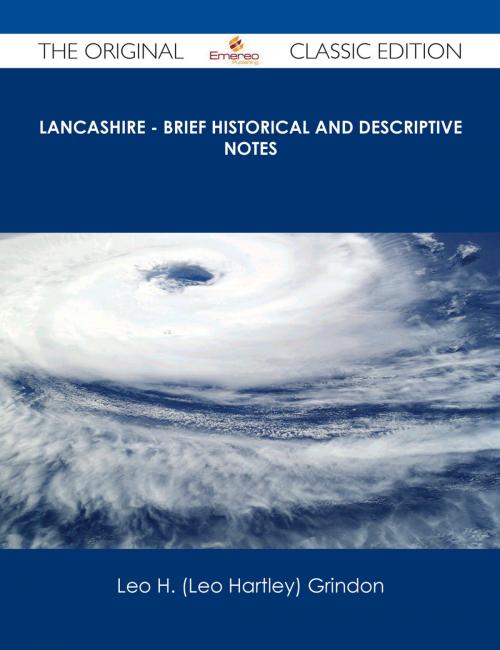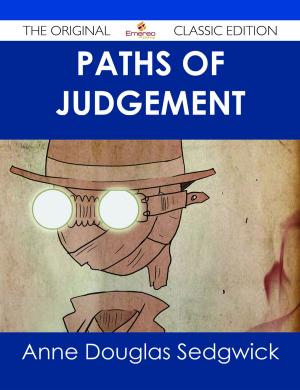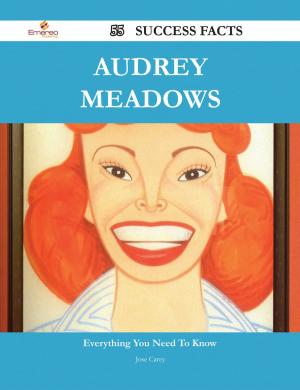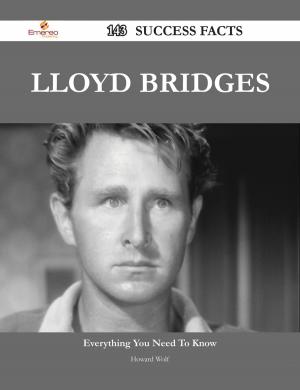Lancashire - Brief Historical and Descriptive Notes - The Original Classic Edition
Nonfiction, Reference & Language, Reference, Fiction & Literature| Author: | Leo H. (Leo Hartley) Grindon | ISBN: | 9781486446636 |
| Publisher: | Emereo Publishing | Publication: | March 18, 2013 |
| Imprint: | Emereo Publishing | Language: | English |
| Author: | Leo H. (Leo Hartley) Grindon |
| ISBN: | 9781486446636 |
| Publisher: | Emereo Publishing |
| Publication: | March 18, 2013 |
| Imprint: | Emereo Publishing |
| Language: | English |
Finally available, a high quality book of the original classic edition of Lancashire - Brief Historical and Descriptive Notes. It was previously published by other bona fide publishers, and is now, after many years, back in print.
This is a new and freshly published edition of this culturally important work by Leo H. (Leo Hartley) Grindon, which is now, at last, again available to you.
Get the PDF and EPUB NOW as well. Included in your purchase you have Lancashire - Brief Historical and Descriptive Notes in EPUB AND PDF format to read on any tablet, eReader, desktop, laptop or smartphone simultaneous - Get it NOW.
Enjoy this classic work today. These selected paragraphs distill the contents and give you a quick look inside Lancashire - Brief Historical and Descriptive Notes:
Look inside the book:
Sutton's List of Lancashire Authors, published in 1876, since which time many others have come to the front, contains the names of nearly 1250, three-fourths of whom, he tells us, were born within the frontiers—men widely various, of necessity, in wit and aim, more various still in fertility, some never going beyond a pamphlet or an 'article,'—useful, nevertheless, in their generation, and deserving a place in the honourable catalogue. ...Liverpool, too, is well provided with books of this description, counting among them that splendid Lancashire work, Roscoe's Monandrian Plants, the drawings for which were chiefly made in the Liverpool Botanic Garden—the fourth founded in England, or first after Chelsea, Oxford, and Cambridge, and specially interesting in having been set on foot, in 1800, by Roscoe himself. ...6 No mention is made of it either in the Antonine Itinerary; and as stumps of old oaks of considerable magnitude, which had evidently grown in situ, were not very long ago distinguishable on the northern margin when the tide was out, near where the Liverpool people used to bathe, the conclusion is quite legitimate that the level of the bed of the estuary must in the Celtic times, at the part where the ferry steamers go, have been much higher, and the stream proportionately narrow, perhaps a mere brook, with salt-marshes right and left.
Finally available, a high quality book of the original classic edition of Lancashire - Brief Historical and Descriptive Notes. It was previously published by other bona fide publishers, and is now, after many years, back in print.
This is a new and freshly published edition of this culturally important work by Leo H. (Leo Hartley) Grindon, which is now, at last, again available to you.
Get the PDF and EPUB NOW as well. Included in your purchase you have Lancashire - Brief Historical and Descriptive Notes in EPUB AND PDF format to read on any tablet, eReader, desktop, laptop or smartphone simultaneous - Get it NOW.
Enjoy this classic work today. These selected paragraphs distill the contents and give you a quick look inside Lancashire - Brief Historical and Descriptive Notes:
Look inside the book:
Sutton's List of Lancashire Authors, published in 1876, since which time many others have come to the front, contains the names of nearly 1250, three-fourths of whom, he tells us, were born within the frontiers—men widely various, of necessity, in wit and aim, more various still in fertility, some never going beyond a pamphlet or an 'article,'—useful, nevertheless, in their generation, and deserving a place in the honourable catalogue. ...Liverpool, too, is well provided with books of this description, counting among them that splendid Lancashire work, Roscoe's Monandrian Plants, the drawings for which were chiefly made in the Liverpool Botanic Garden—the fourth founded in England, or first after Chelsea, Oxford, and Cambridge, and specially interesting in having been set on foot, in 1800, by Roscoe himself. ...6 No mention is made of it either in the Antonine Itinerary; and as stumps of old oaks of considerable magnitude, which had evidently grown in situ, were not very long ago distinguishable on the northern margin when the tide was out, near where the Liverpool people used to bathe, the conclusion is quite legitimate that the level of the bed of the estuary must in the Celtic times, at the part where the ferry steamers go, have been much higher, and the stream proportionately narrow, perhaps a mere brook, with salt-marshes right and left.















